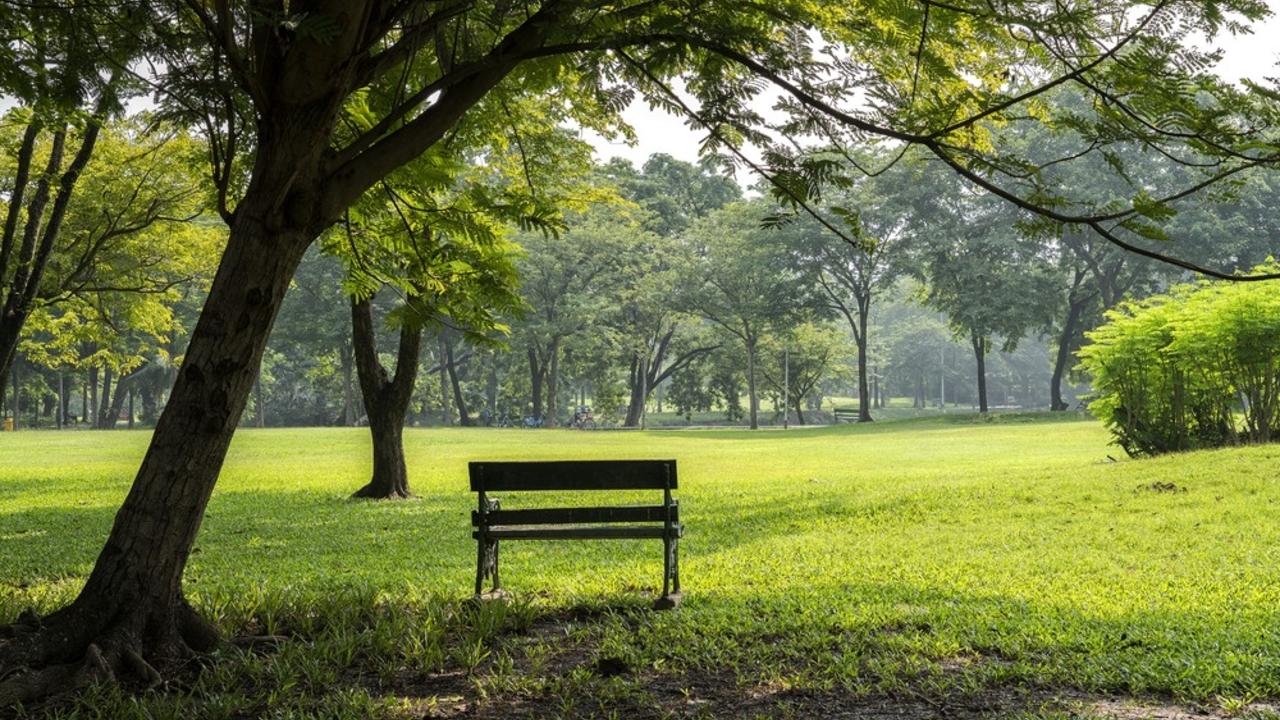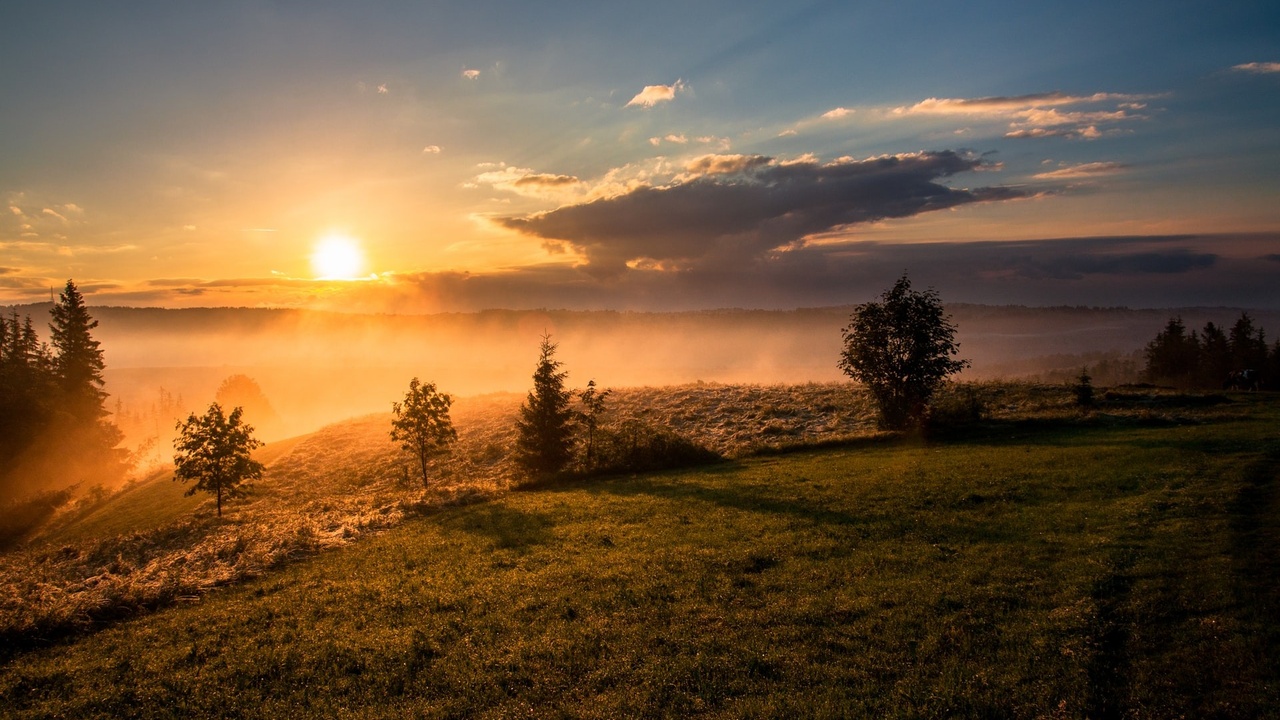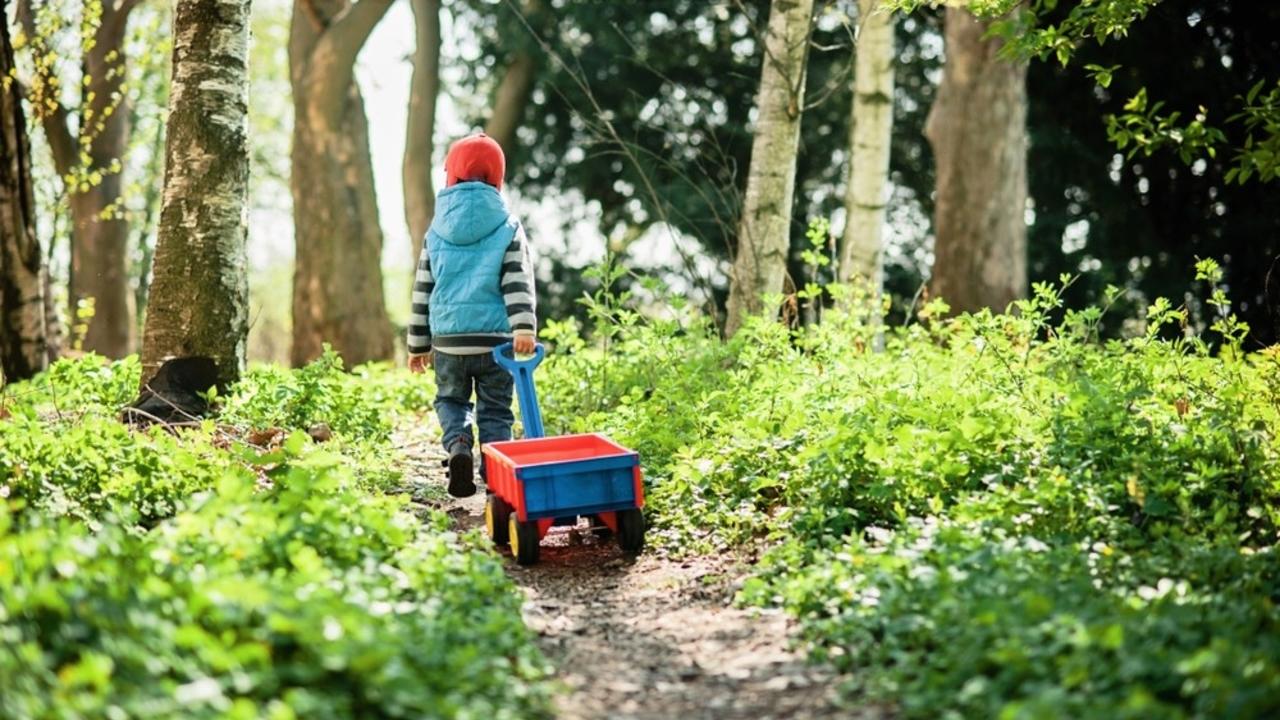Sustainable wellbeing and green living
Let's find ways to Flourish!
What simple trick reduces air pollution and saves money? Idle-Free Zones

Most people are aware of the fact that vehicles have a negative impact on the environment through their use of fossil fuels. Fossil fuels release harmful pollutants such as carbon dioxide into the atmosphere, effectively contributing to global warming. However, what you might not know is that vehicles produce 12% more emissions when idling than they do while driving.
What exactly is idling? Idling is running your engine while your car isn’t moving. If you are a vehicle owner, then there is a good chance you have been guilty of this practice. After all, driving isn’t always an efficient method of transportation. You might often find yourself hitting every red light or getting stuck in traffic.
In fact, there are many reasons why drivers idle.
Why we idle vehicles
One of the main reasons why drivers idle has to do with weather conditions. If you live in a location that suffers from very cold winters or scorching hot summers, you’ll be familiar with the practice of warming up or cooli...
Want to be 10 Percent Happier?

I see a lot of people - especially professional women, mid-career with plenty to manage at home and at work, just really struggling. And I have been there too - heck, every other week! When I was wrestling with the stress of life back at work after my second go with cancer my counselor asked me if I meditated. I said, "No, I have tried, but I either hyperventilate or can't really clear my mind."
She suggested I try one of the Apps for meditation and I did. I use Headspace every day now, and it has fundamentally changed my life. No, it is not all better all at once, it is not a panacea, but I am more at ease - more content. And what could be better than that? Like Dan Harris' book about his journey to meditation, I am definitely "10% Happier".
Incorporating practices into your life that encourage the development of your mind-body connection can result in significant mental and physical health benefits.
Tuning into your body and emotions can be achieved through practices such as mindf...
Start a new family tradition with the Christmas Bird Count!

Around this time of year, many of us take part in traditions that bring us closer together and signal the start of the holiday season. Whether these traditions are unique to your family, workplace, community, or county, they have a way of bringing cheer and making this time of year special. Maybe this holiday season is the right time to add a new tradition to your list! The National Audubon Society hosts a Christmas Bird Count every year which can always use new volunteers!
This is Citizen Science!
It is a great way to spend time outdoors and contribute to citizen science - where everyday citizens can contribute their time and efforts to collecting information about the natural world. What a fun way to enhance your walk or family adventure by gathering information, contributing to research, and advancing science! The Christmas Bird Count is just such a program, and a really fun way to engage with birds during the winter.
The Christmas Bird Count is an early-winter bird census that p...
10 Last minute Eco-friendly Gifts

We have all been there. Christmas can be a busy time of year and I am always happy to have some last-minute gifts that I can give without having to go out to a store! So, here are some of my go-to last-minute gift ideas that are also great for the planet.
No need to get yourself overly stressed trying to find gifts and then feeling bad that you are doing something that goes against your values when you just get something for the sake of having a gift. Here are some easy solutions that have so many benefits. They are great for the planet because they are low-impact, they support small businesses, and they show others that we can do gifts sustainably.
1. Give an Eco-friendly Hobby
Ok, I have to admit, I once had visions of selling my hand-crafted delights, everything from paper mache bowls to baked goods. So many people find delight in being creative. Making everyday items like a crochet dishcloth or a hand-knit scarf can be incredibly rewarding as well as eco-friendly.
When we m...
Eat out without the guilt

Food is a vitally important part of every day of our lives, and every meal is an opportunity to choose sustainability. Whether it be buying Fairtrade products, reducing food waste, supporting local producers, or reducing meat consumption, we do our best to eat sustainably. When we decide to eat out, we want to know if the restaurants we support are doing the same. Enter Green Restaurant Certifications.
These certifications assess factors such as water efficiency, sustainable food, energy, and waste reduction to determine whether or not the establishment meets the requirements to be certified green. Green Restaurant Certifications are a great way to help identify restaurants in the community that are striving to promote sustainability so that we can support their efforts while enjoying a delicious meal. In North America, the Green Restaurant Association and LEAF Certification assess restaurants to determine their level of sustainability and then publish these results on their websites...
Green Burials

Ok, I know, most of us don’t really want to think about death and the logistics of what happens when someone dies, however, the reality is that there are numerous environmental issues with the way we handle funerals and burial. And, there are plenty of ways that we can do better! It turns out there is a growing green burial movement to help us out.
Death is a fact of life that is dealt with in many different ways across different cultures and religions. In Western society, funerals often include flowers, expensive caskets, often embalming of the deceased, cremations, cemetery plots, and more. These funeral elements are chosen in order to pay respect to the deceased, but it is also important to consider whether these elements reflect the wishes and values of the deceased.
Not only do caskets, flowers, and other embellishments cost thousands of dollars, but they also have quite a significant negative impact on the environment. Traditional funerals aren’t green, but that doesn’t mean th...
What you need to know about consumer goods

We all have a vague understanding that consumer culture is linked to environmental degradation and climate change, but how do we get around this, especially when we live in the real world, with birthdays, and Christmas, social pressures to shop and often a lack of easy to access eco-friendly alternatives.
I like to do a little time traveling before purchasing anything.
Well, there are a few basics to consider, I like to do a little time traveling before purchasing anything. Instead of just thinking about price and value, think about where that good came from AND where it will end up when you are finished with it. That can put the "sale" item into a much more realistic light of its true cost.
But, what exactly are the issues associated with consumer goods?
Over-Consumption of Material Goods and Throw-Away Culture
Consumer goods are products that are found on store shelves and bought for consumption by the average consumer. Consumer goods can be anything from food, clothing, f...
What Nature Does for our Bodies and Minds

We seek out nature for many reasons – for recreation, quiet and solitude, exercise, nature views, and plenty more. But did you know that nature has measurable positive effects on our physiological and psychological wellbeing?
You may have noticed that spending time in the outdoors leaves you feeling refreshed with an improved mood. You might even find yourself seeking out nature during times when you are stressed, upset, or feeling under the weather.
The biophilia hypothesis is the idea that humans have an innate tendency to seek connections and associate with nature. The term biophilia literally translates to “love of life.” American biologist Edward O. Wilson proposed in his work Biophilia (1984) that the tendency for humans seek out life and lifelike processes is biologically ingrained.
Throughout the course of our evolution, the natural environment has been conducive to our survival and enhanced our physical, emotional, and intellectual fitness. We depended (and still do to some...
7 Best Calvin and Hobbes Quotes on the Meaning of Life

Do you remember and love Bill Watterson’s iconic Calvin & Hobbes comic strip? I know that my husband A.J. and I have long loved the world of the young boy Calvin and his stuffed Tiger, Hobbes. They manage to show us the world as it is - usually as they careen down a hill in a little red wagon or play a vigorous game of Calvin ball.
The insights they bring, even after multiple re-readings throughout the years have helped me sleep better at night and even feel like I can be a better human being.
In case you are unfamiliar with Calvin & Hobbes, the comic strip centres around a six-year-old boy named Calvin and his imaginary stuffed tiger named Hobbes. Together, this inseparable pair makes many observations about life, the state of the world, philosophy, and everything in between!
Calvin & Hobbes was first published on November 18, 1985 and could be found in over 2,400 different newspapers worldwide. Watterson retired in 1995, but his comics and their life lessons remain relevant!
Much...
How to use soundscapes to be present

Sounds is interesting. It has the power to transport us to a calm and centred frame of mind or to stress us out. While a babbling brook might feel calming to our nervous system, traffic, the sounds of the urban environment, or noisy neighbours can stress us out. So what makes some sound pleasant and others stressful?
Is sound really just subjective and could we train ourselves to observe sound without judgment and simply use it as a tool to connect with ourselves?
When we find ourselves facing eco-anxiety, mindfulness is an excellent tool to help ourselves be more present, and gain perspective, but we often think about meditation or mindfulness as requiring a calm environment. However, in addition to basic breathwork, soundscapes are all around us all of the time and present an opportunity to tune in to our surroundings and practice mindfulness.
“Once you are meditative, music will naturally be a part of your life. Everything is vibration – everything is sound.” - Sahdguru
If y...


